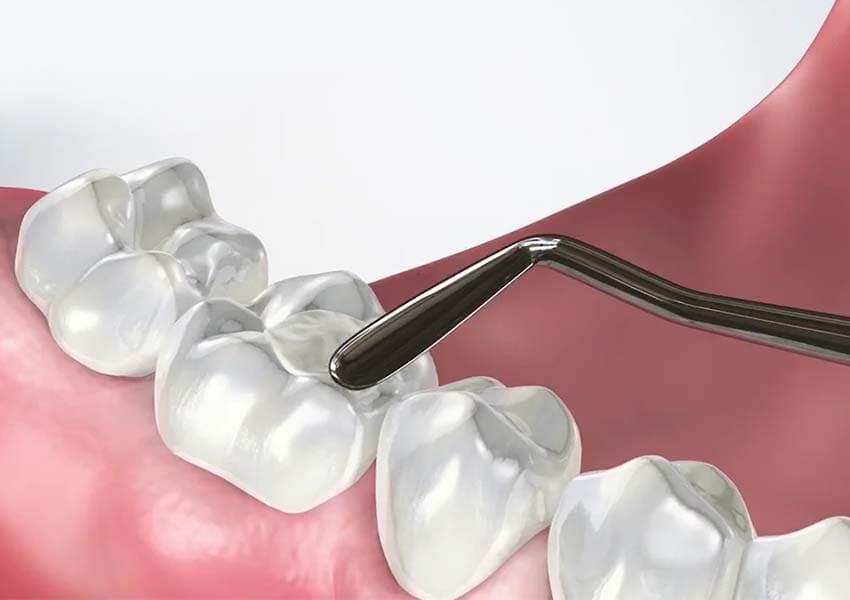
A filling restores the function and shape of a tooth that has been compromised by decay. When a dentist places a filling in your tooth, they first remove the decayed material, clean the damaged region, and fill the cavity with filling material. A filling helps prevent further degradation by blocking up gaps where bacteria can enter. Then a mixture of metals, including mercury, silver, tin, and copper, is used to make dental blends. Dental mix, sometimes known as silver-hued fillings, has been used by dentists for almost a century. It lasts a long time and is less expensive than other depression-filling materials, such as tooth-coloured composites or gold fillings
These silver-coloured fillings are frequently the best choice for large depressions or those in the back teeth. Fillings harden quickly, making them useful in difficult areas to maintain dry, such as behind the gum line.
So the thing to keep in mind is the procedure for a dental filling is used to repair minor fractures or decay in the teeth as a form of therapeutic dental treatment.
The procedure for a dental filling is used to repair minor fractures or decay in the teeth as a form of therapeutic dental treatment. The first step in the dental filling procedure is to administer a local anaesthetic so that the area around the affected tooth becomes numb, increasing the patient's comfort throughout the procedure. The decayed or damaged tooth and its surrounding areas should be prepared for restoration. A dental handpiece or laser may be used to remove the damaged parts of the tooth. Placing a composite filling requires isolation of the affected tooth; this aims to prevent any interference by allowing moisture in the bonding process in the composite restoration.
